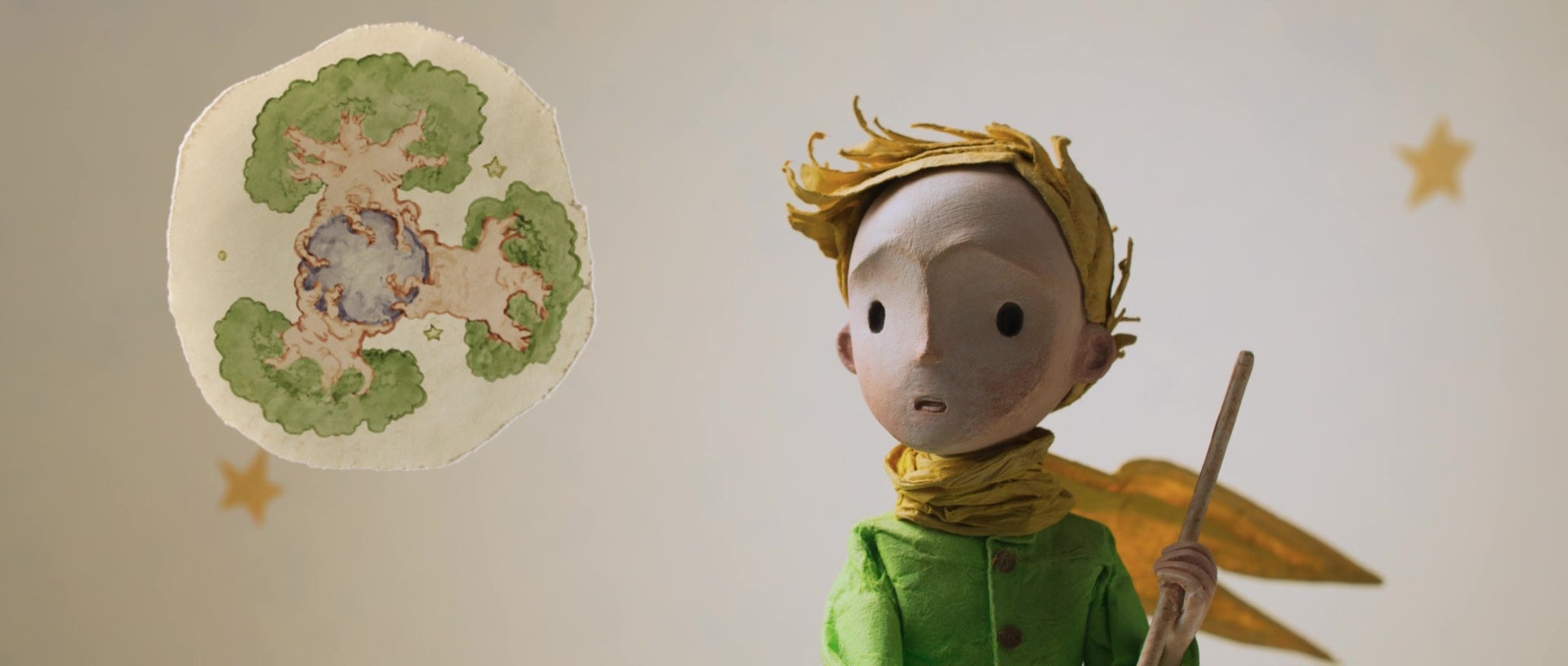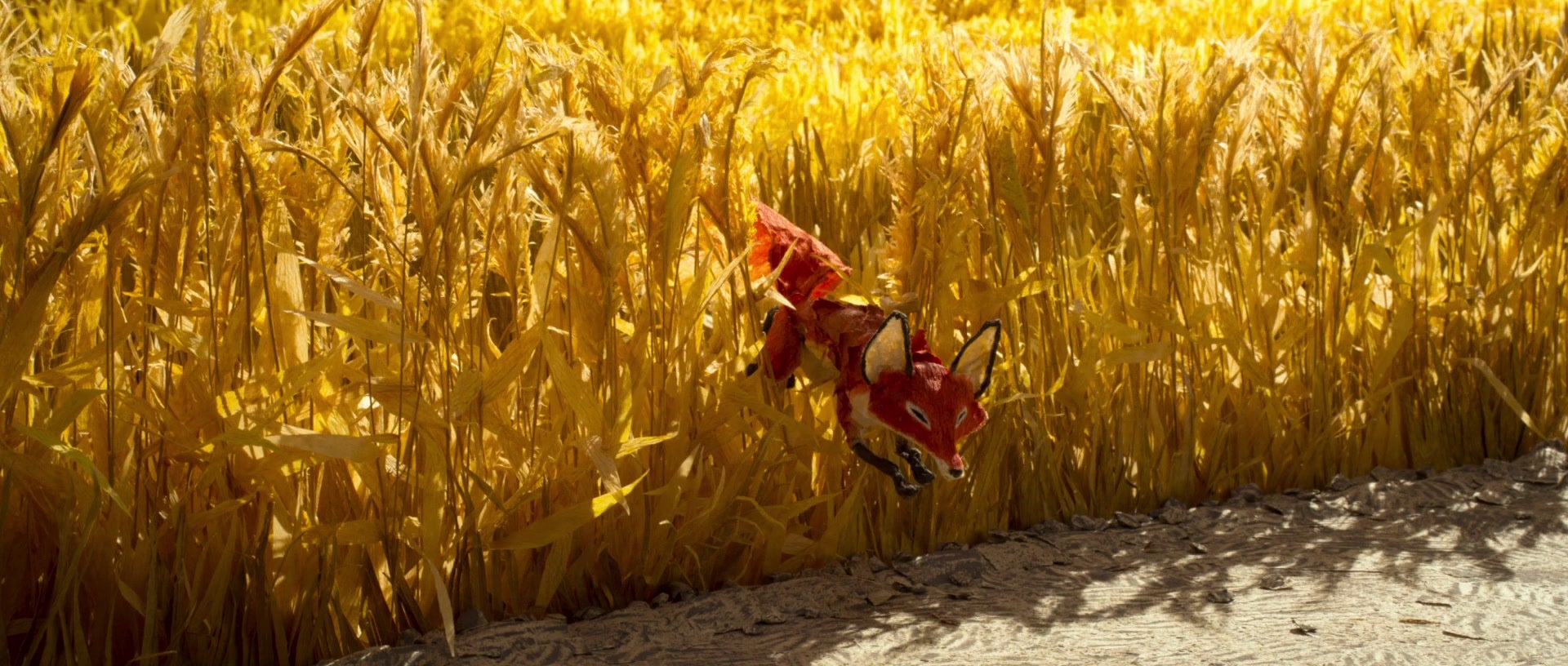“’Grown-ups never understand anything by themselves, and it is tiresome for children to be always and forever explaining things to them.’” – Antoine de Saint-Exupéry, The Little Prince

Last time I made a blog post, I talked about comics and how they are unique forms of literature that are often overlooked. Now, however, I want to talk about writing from a different perspective. Often when we think about stories, we think only of those that are aimed towards adults (or maybe teenagers). Rarely do we think about children’s stories. So let’s talk about them.
As with comics, children’s books have the benefit of using pictures to help tell stories. But I already talked about that last week, and I’m not really talking about those types of children’s stories anyway. I’m talking about those that teachers often read their students, or those that older children have to write book reports on. They may have a few pictures here or there, but I want to focus more on the content of these stories.
Growing up, children are deeply influenced by the media that they consume. We hear about this all the time. Parents are constantly concerned that the movies their children are watching are promoting poor messages about body image, or focusing too heavily on drama and violence. In children’s books, however, this is not as often the case.
Think back to when you were younger. Do you remember any stories that really stood out to you?
Instead of using an example from my own life, I’m going to talk about an example from one of my favourite books (ironically one that is aimed towards adults).
One Child by Torey Hayden tells the true story of a Sheila, a very young girl who was living a very difficult life. She came into Torey’s special education class as an aggressive and violent child. However, as the months passed, Sheila opened up and grew close to her teacher. The part of this novel that I want to focus on is when Torey and Sheila would read the children’s book, The Little Prince by Antoine de Saint-Exupéry.
In particular, Sheila’s favourite part of the book was when the fox told the little prince that he had tamed him. Since Sheila was originally a wild, angry child, she knew that Torey had tamed her too. “’You tame me. Just like the little prince tames the fox. Just like you tamed me. And now I be special to you, huh? Just like the fox.’” (Hayden, 1980, p. 141)
Torey too was able to connect to the book. When the two of them discussed parting at the end of the school year, she comforted Sheila with words from the book, saying “’When school is over and you go somewhere else, we’ll still be together, even if we don’t see each other. Because like the fox said, every time he saw a wheat field he thought of the little prince. So in a special way the little prince was with him. That’s the way it’ll be with us.’” (Hayden, 1980, p. 147)

This is a very specific example that shows not only how much books can influence young children, but also how they can impact the adults who read them. The Little Prince is a wonderful example of a story that is aimed towards children, but has many messages that can touch people of all ages.
“’It is only with the heart that one can see rightly; what is essential is invisible to the eye.’” – Antoine de Saint-Exupéry, The Little Prince
References
Hayden, T. (1980). One Child. New York, NY: Avon Books.